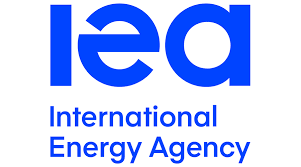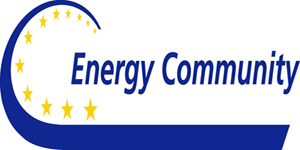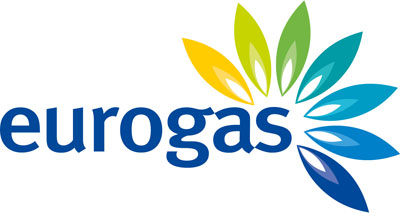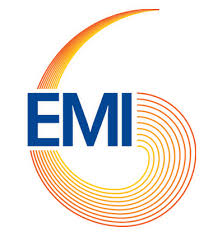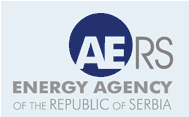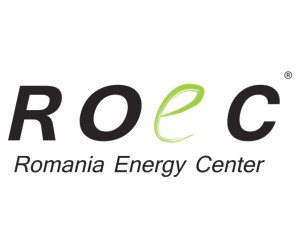The strategic importance of gas
Natural gas is the most important form of energy in Romania’s the final consumption structure. In 2015, gas accounted for 29% of the total demand, followed by oil products with 26%, 19% renewable energy sources (RES) (including hydro), 17% coal and 9% nuclear energy. Gas consumption is almost equally divided between the domestic and industrial sectors – in the latter gas is used primarily in the production of electricity and as raw material in petro chemistry.
The draft of the Energy Strategy 2016-2030, with an Outlook to 2050 confers natural gas a prime role in the coming decades as well. In 2030, according to the projection made using the PRIMES model, gas will account for 26% of final energy demand which, despite a slight decrease compared to 2015, will still mean it is first. The relative decrease of 3% will be found in the increase of the RES share, which will reach 22%.
By 2030, about 1800 MW of gas-powered generation capacity will have to be replaced, in order for the gas-based capacity pool to maintain its current size.
Gas is the fossil fuel with the lowest greenhouse gas emissions. At the same time, due to the flexibility of the gas-fueled power plants, they are the optimal complement to RES power, given the intermittent production of the wind and photovoltaic parks.
Gas is also gaining market shares in the transport sector through the compressed natural gas (CNG) technology. Undoubtedly, natural gas is the fossil fuel of the clean energy transition.
The Black Sea gas fields are a national project of strategic importance, for many reasons: to ensure energy security by maintaining a low level of dependence on imports, as shown also by the stress test carried out in the making of the new energy strategy; for the contribution in economic value, job creation, know-how and technology transfer, as well as for the overall regional importance of Romania as a potential exporter of energy. Undoubtedly, Romania can become a regional gas trading hub.
To achieve these strategic objectives, it is necessary to build the internal gas market by developing the needed infrastructure and creating a competitive, transparent and nondiscriminatory trading framework. In this respect, the Government Emergency Ordinance (GOE) No. 64/2016, which entered into force on April 1, 2017, brought about significant progress by liberalizing the wholesale segment of the gas market and by establishing a mandatory trading quota on the organized markets.
Circumstantial barriers
However, the ongoing discussions surrounding the law on the approval of GOE No. 64/2016 have brought forward proposals that would, once applied, constitute real barriers to the development of the national gas industry.
So is the proposed obligation of trading on the centralized exchange platform 100% of gas volumes produced in Romania, as well as those sold by suppliers on the wholesale market. This would be an unparalleled, excessive and impractical constraint, disconnected from the way the market really works. Market participants must have access to diversified and sophisticated instruments (i.e., contracts with different maturities and differentiated terms) to be able to optimize their portfolio of contracts. Otherwise, they will clearly have a competitive disadvantage in the region; besides, and more importantly, the final consumers will not be able to benefit from the best prices.
Centralized exchange platforms, with their limited number of formal framework contracts, cannot offer the full range of optimization tools – even less so on an immature gas market.
Trading on an exchange platform is generally a right, not an obligation of market participants. Now, of course, on a commodities market that is still young and growing, it is justified to impose a mandatory minimum trading percentage, in order to create a competitive framework in the first place. However, that percentage must be reasonable and well thought-out: 30-40%, perhaps 50% — the figure is to result from rigorous study of the Romanian market, in its specific data.
Then, the proposal to withdraw the operating license of the exchange platform currently in operation, the Romanian Commodities Exchange (BRM), to authorize a single operator, state-owned OPCOM (Operatorul Pieței de Energie Electrică și de Gaze Naturale), was also brought forward. The reasons adduced in support of that proposal are flawed:
(i) This is the only way to ensure market liquidity. However, although trading on multiple platforms results in fewer transactions per platform, compared to the functioning of a single exchange, liquidity is not an end in itself. Rather, the aim is to obtain a competitive and transparent reference price for natural gas, which does not depend on the number of platforms on which transactions are made. To this purpose, the important thing is to have transparency and comparability between trading prices on each platform.
(ii) There are only sole operators on the European gas markets. The statement is false, strictly speaking. There are dozens of niche markets, some of them less formal, revolving around the big European hubs. But more importantly, these hubs have gained their dominant positions through competitiveness, not by means of administrative imposition of monopoly positions. Indeed, both market participants and end-users stand to benefit from a competition between markets on a "market of markets,” to the effect that most of the transactions will naturally end up being carried out on the most advantageous platform.
(iii) The gas transmission network code provides for the establishment of a single "virtual trading point” (VTP), which would require a single authorized platform. Yet this is mere sophistry, based on an obvious confusion: from the uniqueness of VTP it goes to the uniqueness of the centralized market, with no valid ground. Conceptually, a VTP, which is a title transfer point, has nothing to do with a commodity exchange. Indeed, there may well be multiple exchange platforms that refer to the same VTP, while the same exchange platform can trade products that refer to different VTPs in different EU Member States.
These discussions in the Romanian Parliament have been accompanied by a "debate” recently launched in the media, which raises doubts about the "opportunity” of the BRUA gas pipeline project. BRUA (the Romanian segment of the Bulgaria-Romania-Hungary-Austria gas transport corridor, due to be built by Transgaz) has been portrayed as a risk to energy security and „debunked” as a conduit dedicated to gas exports, with the alleged effect of increased gas price and despoilment of a precious natural resource.
Nevertheless, this narrative is not only wrong, but also self-defeating and discouraging. Wrong, because BRUA, far from being a tool for estranging the country’s gas resources, is actually Romania’s chance to develop its natural gas transport system with the help of European co-financing, so as to become an essential part of a regional pipeline system called the Vertical Corridor, connecting the Aegean Sea to the Baltic Sea. Thus, around 2020, via Bulgaria, Romanian consumers will have access to a new gas source from the Southern Corridor that will link the Caspian Basin to southern Italy.
After the hand-wringing following the failure of the Nabucco project, it is now self-defeating to have the usefulness of BRUA put into question, considering that BRUA is an economically more realistic and practically more advanced successor project, able to efficiently integrate Romania in the single European gas market.
Finally, to open again to "debate” what has already been recently debated, settled, and then built into national energy policy – including by means of the "BRUA Law” (Law no. 185/2016) – is discouraging, since it renders useless the very notion of strategic planning in the energy sector.
Regarding the frequently brought up "threat” of rising gas prices following market liberalization and the construction of BRUA, it should be reminded that throughout the better part of 2016, domestic prices were above the import price level, which led to a sizeable import surge.[1]
In any event, for Romanian gas producers, the unjustified extension of the so-called "windfall tax,” applied to revenues that they have earned out of the gradual liberalization of gas prices has been biting into their competitiveness compared to the region’s dominant gas provider, Gazprom – and would continue to do so even more, in case the recent proposal in the Industry and Services Commission of the Deputies Chamber is enacted upon, to extend that tax indefinitely and even to raise it from 60% to 80% if the selling price exceeds Lei 85/MWh.
Now, a policy of isolation from the regional gas grid by perpetuating the technical inability to export on grounds of pressure difference between the Romanian and the neighboring transport systems may force prices to drop on the domestic market. But the long-term effect would be devastating for the entire gas industry, for obvious reasons: investors will not invest billions of dollars in the exploration, development and production of gas fields without guaranteed market access.
But then, nobody prevents the Romanian state from putting in place industrial policies to stimulate indigenous gas use. As emphasized in the draft of the new energy strategy, the country’s interest is to export, as much as possible, products of superior processing value, rather than raw energy. Yet, more importantly, the final energy consumer will profit most from the existence of a competitive and transparent gas market, with multiple sources, and not from a perpetuated situation of virtual isolation or by imposing state monopolies.
The amendments to the GEO No. 64/2016 currently under discussion will not be able to stop the natural gas industry’s progress towards an integrated regional market. However, they can create significant delays and costs of multiple types – from increased transaction costs, resulting from inefficient market operation, to the inevitable payment of public money for the compensations that the state will have to pay – on account either of decisions in Romanian courts, or in courts of international arbitration – to the parties affected by administrative decisions applied retroactively.
Examples of such retroactive decisions are the talked-about withdrawal, for basically no valid reason, of the market operator license that was granted for 25 years to the Romanian Commodities Exchange (BRM); or the violation of the rights that, by virtue of concluded oil agreements, the state granted to concessionaires to dispose freely of their gas production, against payment of a royalty.
Romania has all the elements in place to become a regional natural gas hub: unrivaled natural resources in the region, an extensive transport, distribution and storage infrastructure, diversified professional skills formed in over a century of industrial activity in this sector. To stop imposing barriers to itself would be a good start.
[1] Of course, gas prices can also see upswings. Besides, there are the typical seasonal effects, with price increases in winter time. This is where the regulatory framework for market liberalization must ensure that gas suppliers, in particular, are not price-squeezed between the free wholesale market and the still regulated supply segment.
* Director of the Bucharest-based Energy Policy Group
(Energy Policy Group)

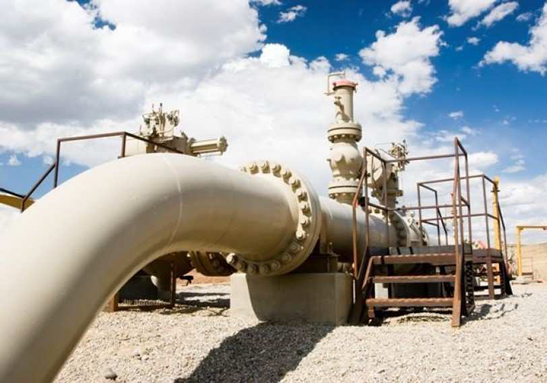 by Radu Dudau*
by Radu Dudau*

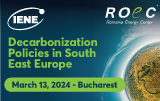

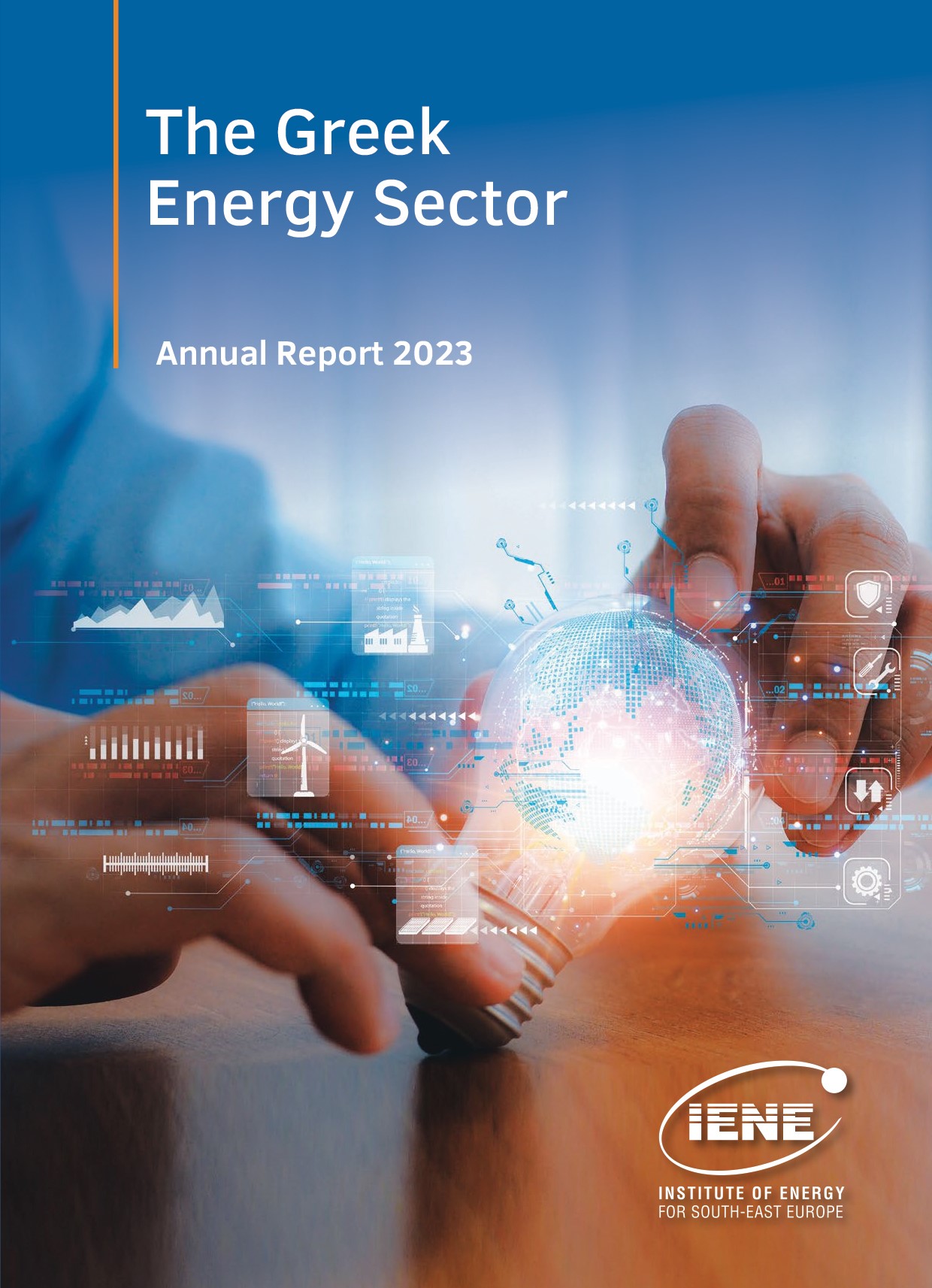
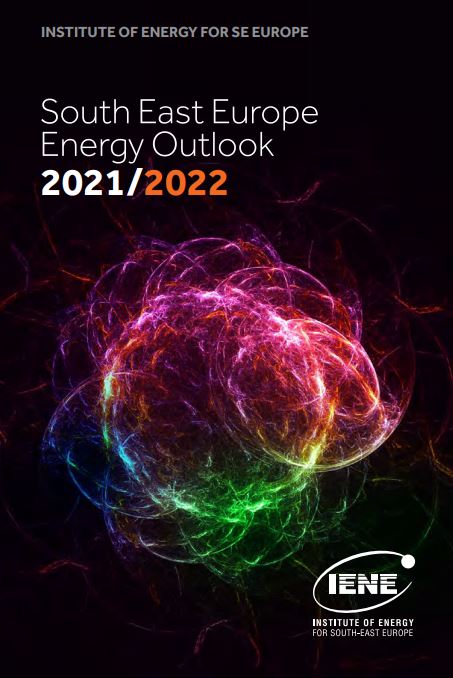
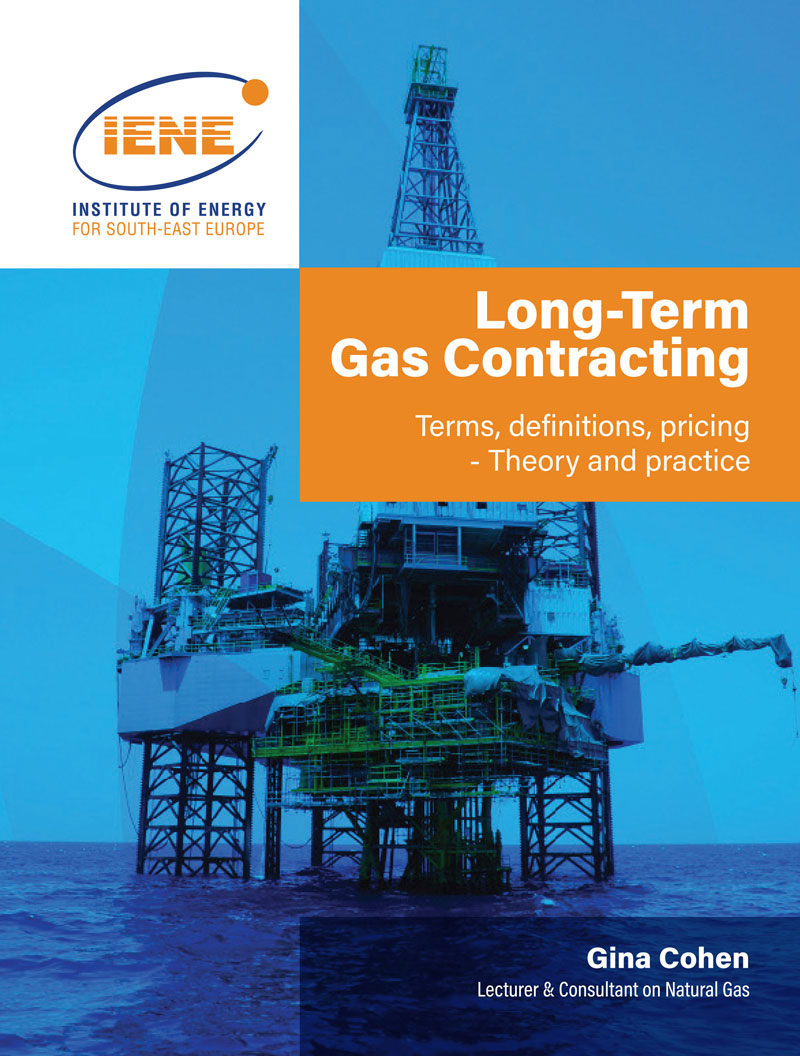 More
More
